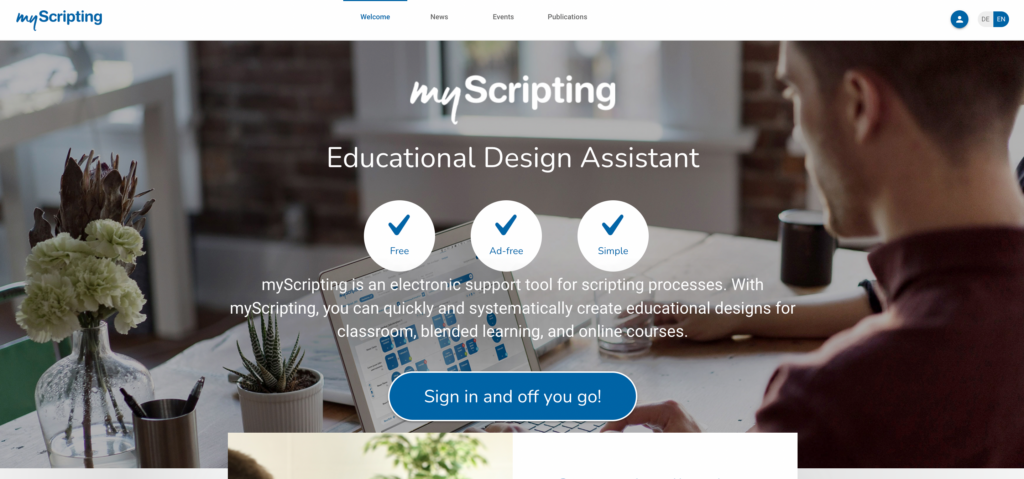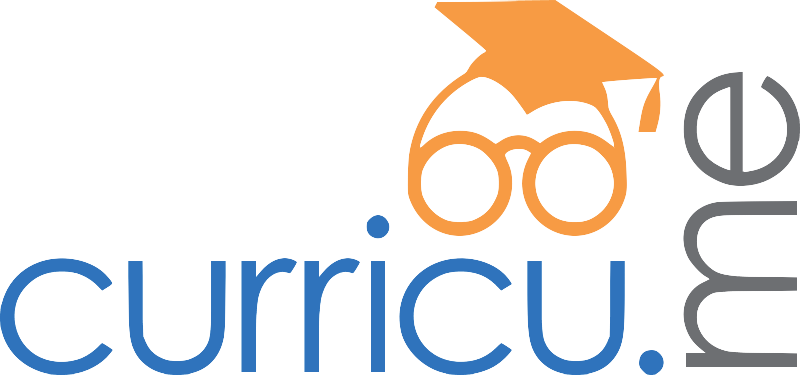The approach to course design is evolving through the adoption of collaborative tools and reusable resources. As instructional designers, the introduction of these elements into our workflows can significantly enhance the speed and effectiveness of course development.
Enhancing Design with Collaborative Tools
Collaborative design tools can be more efficient ways to work with a team on a course. Instead of using long email threads or limited spreadsheets to collaborate on a course, new tools can allow real-time input and adjustments from all stakeholders involved. Collaborative tools like ZHAW’s myScripting tool https://myscripting.zhaw.ch enable subject matter experts, course designers, and even students to contribute to the development process.

Consistency and Learning through Reusable Templates
Reusable templates provide a consistent structure for courses, which is particularly useful when scaling educational offerings or ensuring uniformity across course modules. Templates created by program leaders can include essential educational components like learning objectives and assessment methods. They serve not only as a blueprint for course creation but also as educational tools for new instructors or designers, providing examples of effective course structures and essential content.
Scaling and Streamlining Courses with Templates
Templates also play a vital role in scaling educational operations. They allow for the quick creation and adaptation of courses to accommodate more students or expand course catalogs. By using templates, educational institutions can efficiently meet growing demands for diverse learning opportunities, making the process more manageable and less resource-intensive.

Communication with Course Creation Software
Course creation is a complex process that often involves multiple different stakeholders to create outputs. In the past, we haven’t had a consistent way to have everyone communicate on inputs so that everyone understands the context of where an asset is at. This leads to “waterfall” scenarios where one person or group works on an input and then hands it off only when complete to the next group. A common, threaded communication area can enable a more agile, streamlined approach. At the very least, it keeps groups informed about when they should expect inputs.

Conclusion: The Practical Benefits of Collaboration and Templates
The shift toward more collaborative and template-driven course design is streamlining course development for both online and face-to-face course delivery. These methods not only make the design process more efficient but also ensure that educational content is robust and adaptable.
Which templates or design tools have you explored? Do you have a design tool that you prefer to use? Let us know in the comments below.


